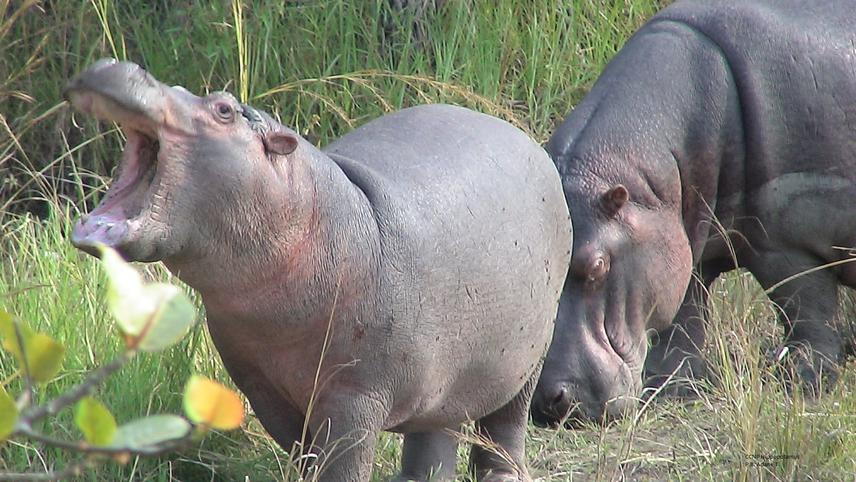Aemro Mekonnen Birhanu
Common Hippopotamus (Hippopotamus amphibius) is currently assessed as vulnerable by IUCN due to its population decline. Hippopotamus are regionally extinct in 5 African countries so far. Due to the drying of wetland as a result of anthropogenic disturbance and livestock grazing, more regional extinctions are feared in many countries. Ethiopia is one of the top African countries with large wetland localities and rivers, and good potential for hippo’s conservation. This project aims to study the distribution pattern and population estimate of the hippopotamus from transect count supplemented by Questionnaire survey across the country which is poorly studied before.

CCNP Hippopotamus. ©P B Adane T
Distribution Pattern and Population Size of Hippopotamus (Hippopotamus amphibius) in Ethiopia Common hippopotamus (Hippopotamus amphibius) is currently assessed as VULNERABLE by IUCN due to population decline across its range. Hippopotamus are regionally extinct in five African countries, and more regional extinctions are expected in many countries in the near future. The most important threat of the species is drying of wetland as a result of anthropogenic disturbance and livestock grazing. Ethiopia is one of the most important African countries in terms of high wetland coverage estimated 13,699 km2 with many rivers and lakes which are vital for the conservation of hippopotamus, but a comprehensive study on its distribution and population size is missing in Ethiopia. It is estimated that about 2000 individuals live in the country.
This project aims at filling the gap of knowledge regarding distribution pattern and population size of hippopotamus in Ethiopia. We will focus on the six major rivers (Omo, Awash, Blue Nile, Gibe, Baro and Akobo), the five major lakes (Abaya, Hawassa, Langano, Ziway and Chamo) and 27 large and undisturbed wetlands, including Dhati-Welel National Park, Chebra Churchura National Park and the wetland between Jimma and Illibabour. Transect based surveys will be supplemented by questionnaire based surveys to gather data on population size and distribution hotspots.